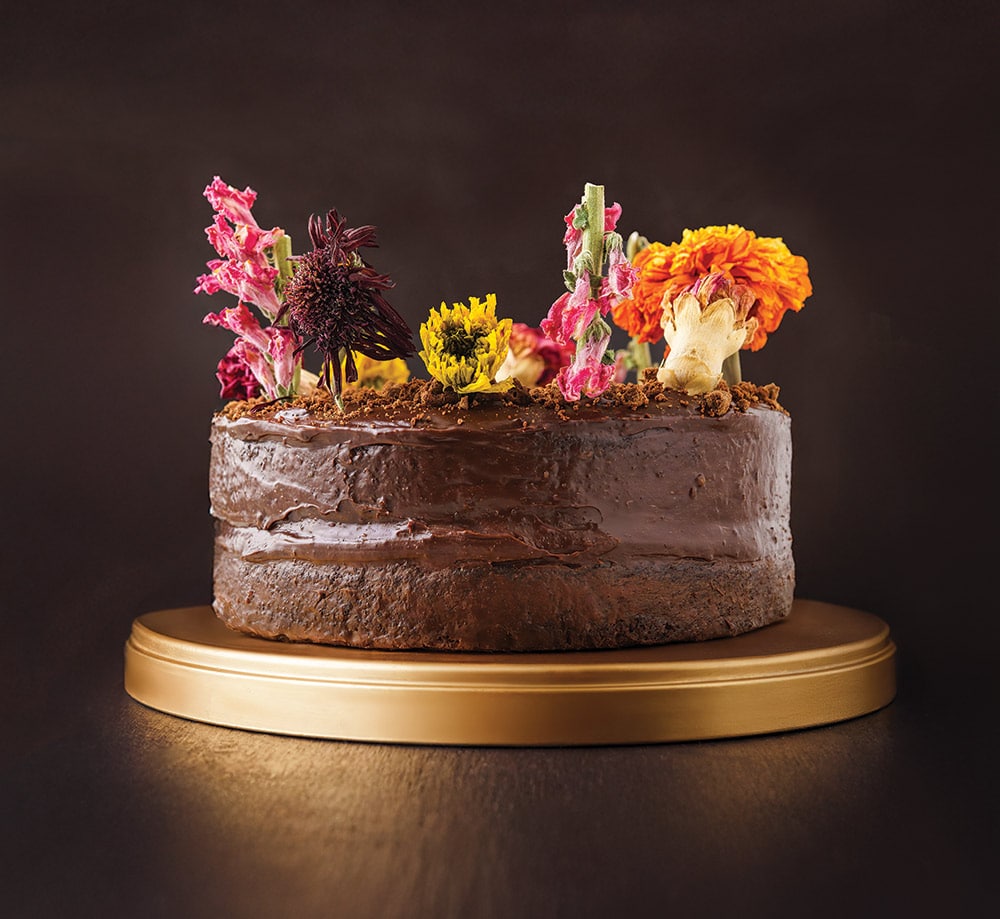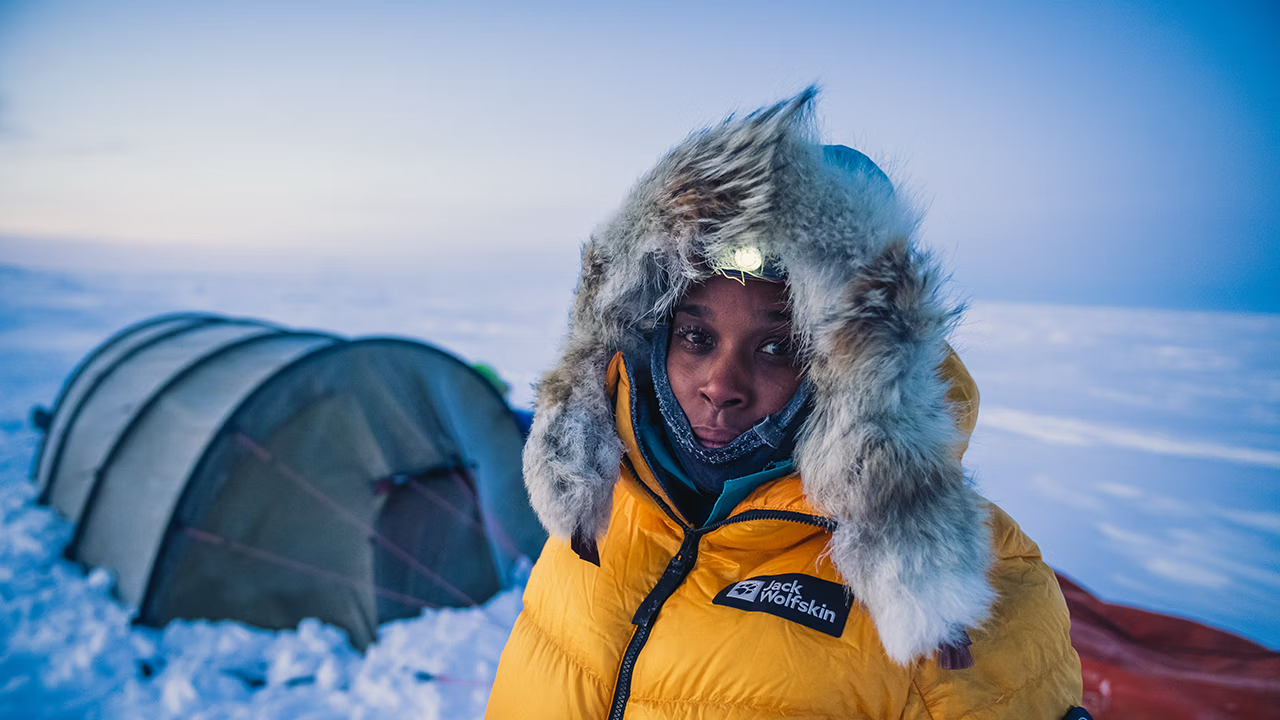Built by Phil (and Bob, Paul, Jimmy, Ben, Kent, Eric, Cody, Mike & more)
When I was 10 years old, my dad and I drove out Skyliners Road to ride bikes with an old guy who wanted to show us a trail he’d built. The singletrack was new and barely ridden, but it was great fun, with swooping turns through a beautiful canyon. On the way home, I remember thinking, “Awesome trail, but nobody is ever going to ride waaaay out there, old man.”
The year was 1985, and that old man was Phil Meglasson. If you’ve ever ridden a mountain bike, by now you’ve probably guessed that trail was Phil’s Trail.

Today, the Phil’s Trail network is one of the most popular trail systems in Oregon and is key to the outdoor lifestyle Bendites hold dear. But back in ‘85, there weren’t many purpose-built mountain bike trails anywhere—after all, MTBs had only been around since 1978. The few trails that did exist around Bend were wilderness hiking trails much farther out or town trails on then-undeveloped Awbrey and Overturf buttes.
So how did a game trail beget a singletrack mecca? What inspired the trail names that have become part of the Bend mountain biking vernacular?Afterall, what is a Storm King? And what does C.O.D even mean? What’s the tale of Phil’s Trail?
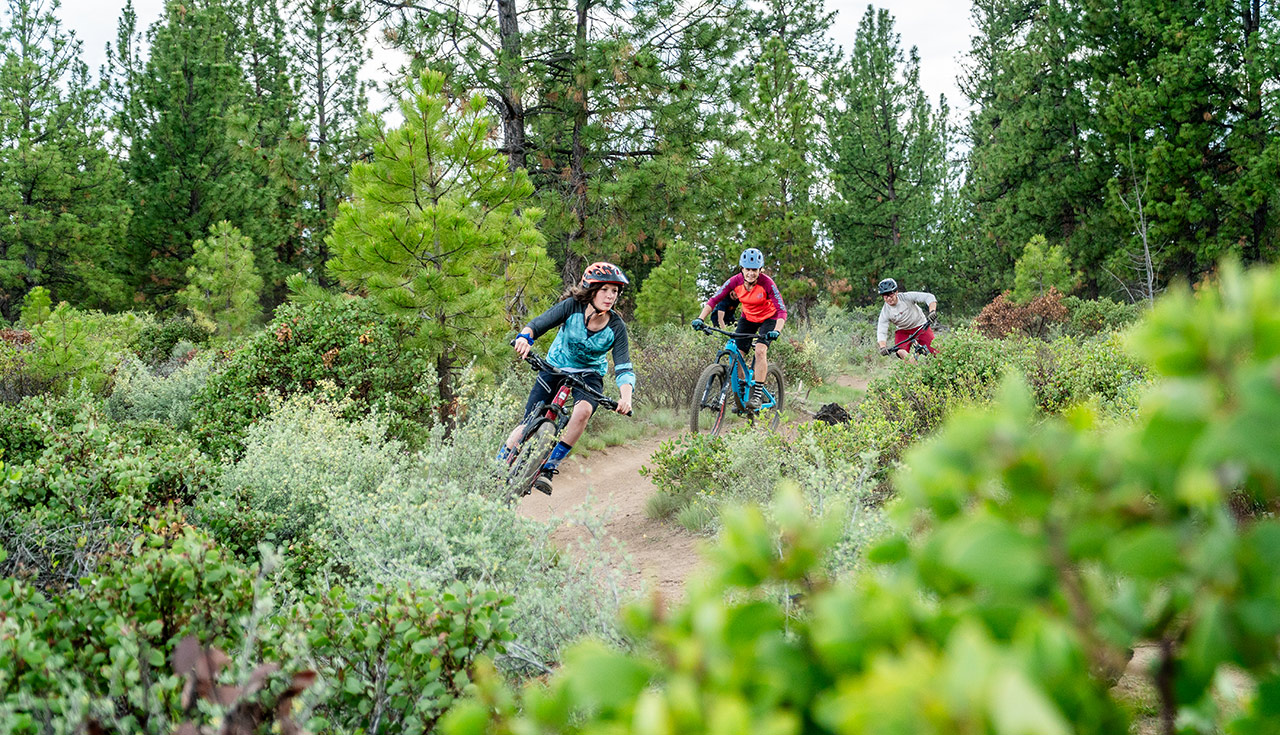
The Visionaries
In 1984, Bob Woodward—who would later become a mayor of Bend—came upon a deer trail through a canyon, and he and his friend Phil Meglasson began making “improvements.” Meglasson had moved to Bend in 1977 for U.S. Geological Survey work to catalog existing roads and trails. His encyclopedic knowledge of every goat track in the region is attributed to his avant-garde use of a bicycle to do what had previously been done on foot. “Back then, the U.S. Forest Service said you could ride your bike anywhere you wanted in the forest. So if you just rode the same way four or five times, you’d have yourself a trail,” he said. “We didn’t use tools. We just rode our bikes through the woods. At that point there were so few people around that the Forest Service didn’t really care.”
A few years later, Jimmy Terhaar created Middle Phil’s (née Jimmy’s), following a fire break from Heater Rock at the top of the canyon to the next road west, where Whoops now ends. Then, in 1990, pro racer and MTB Hall of Famer Paul Thomasberg would take the trail even farther west. Upper Phil’s (originally called Paul’s) became the most difficult trail out there, and not by accident. “You gotta learn to ride hard sh**, you know? I needed that stuff. There was a selfish element to it,” said Thomasberg. At that year’s Mountain Bike World Championships, he finished fourth in the cross-country race and third in the downhill discipline, a combined feat that has never been matched.

The Outdoors
Better known as one of sport climbing’s OGs, Kent Benesch dabbled in MTBs, eventually spending long days moving dirt west of Bend. His eponymous trail, along with Phil’s, finally gave riders the option of a mostly singletrack loop.
Ben Husaby didn’t even own a mountain bike in 1994, but the brawny two-time Olympic Nordic skier wanted new terrain for dry-land training. Pitchfork in hand, he began work on Ben’s trail adjacent to Skyliners Road shortly after Kent’s was done. Ironically, what he intended as a downhill trail would later become the network’s first one-way ascent. The sport of mountain biking was growing fast; people were filtering in from all manner of athletic backgrounds.
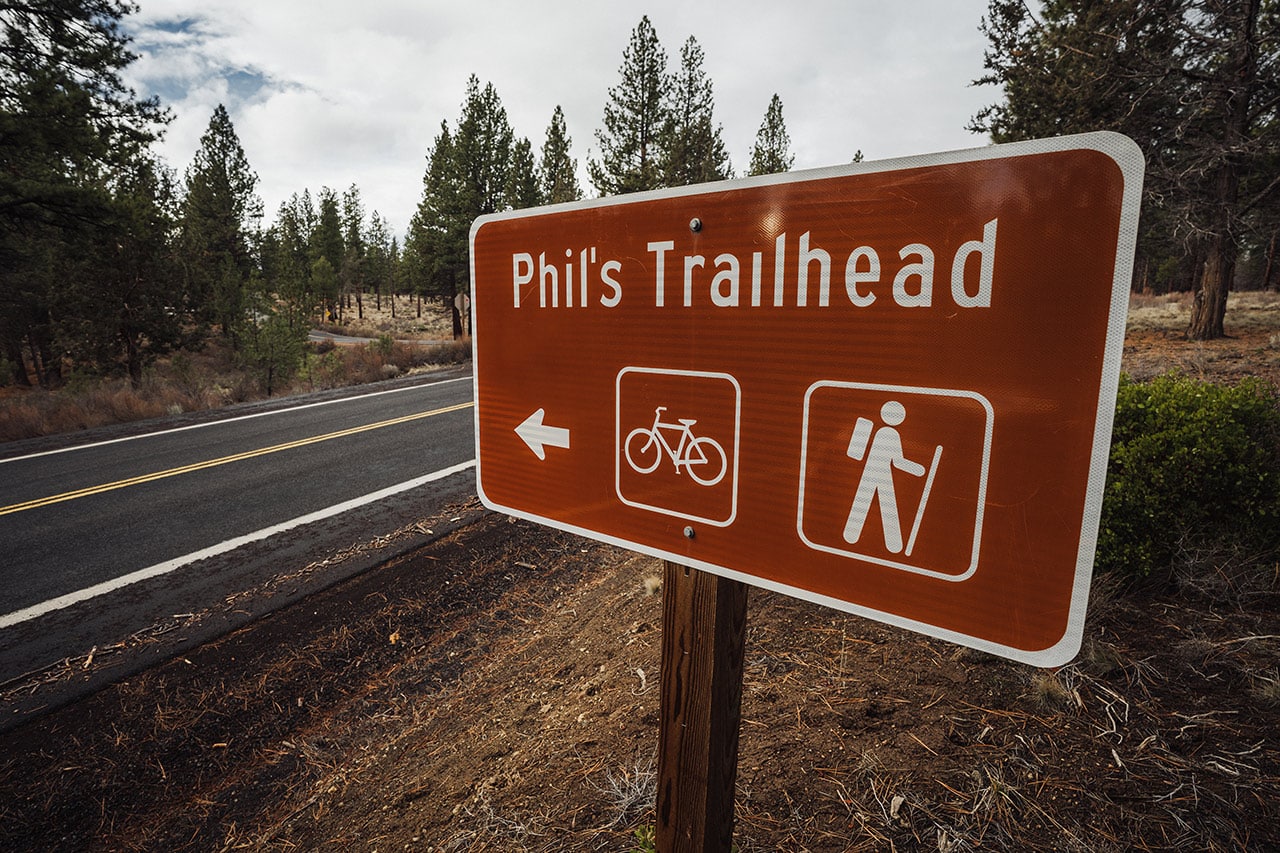
The Founders
In 1992, Central Oregon Trail Alliance (COTA) was founded in an effort to legitimize trail work. But after a few years, COTA’s relationship with the Forest Service (USFS) became strained as trails continued to proliferate under the tongue-in-cheek name early builders gave themselves—SORTA, the Society Of Rebel Trail Alliance. Frustrated by the USFS’ reluctance to acknowledge the value of more trails, the SORTA crew continued to dig, and Thomasberg challenged the USFS to “pay somebody to sit there and count cars with bikes on them.” The two groups counted together, and within weeks of seeing the large size of the MTB user group, the USFS was asking how it could help in a watershed moment. It went on to grandfather in much of the existing renegade singletrack it had earlier condemned.
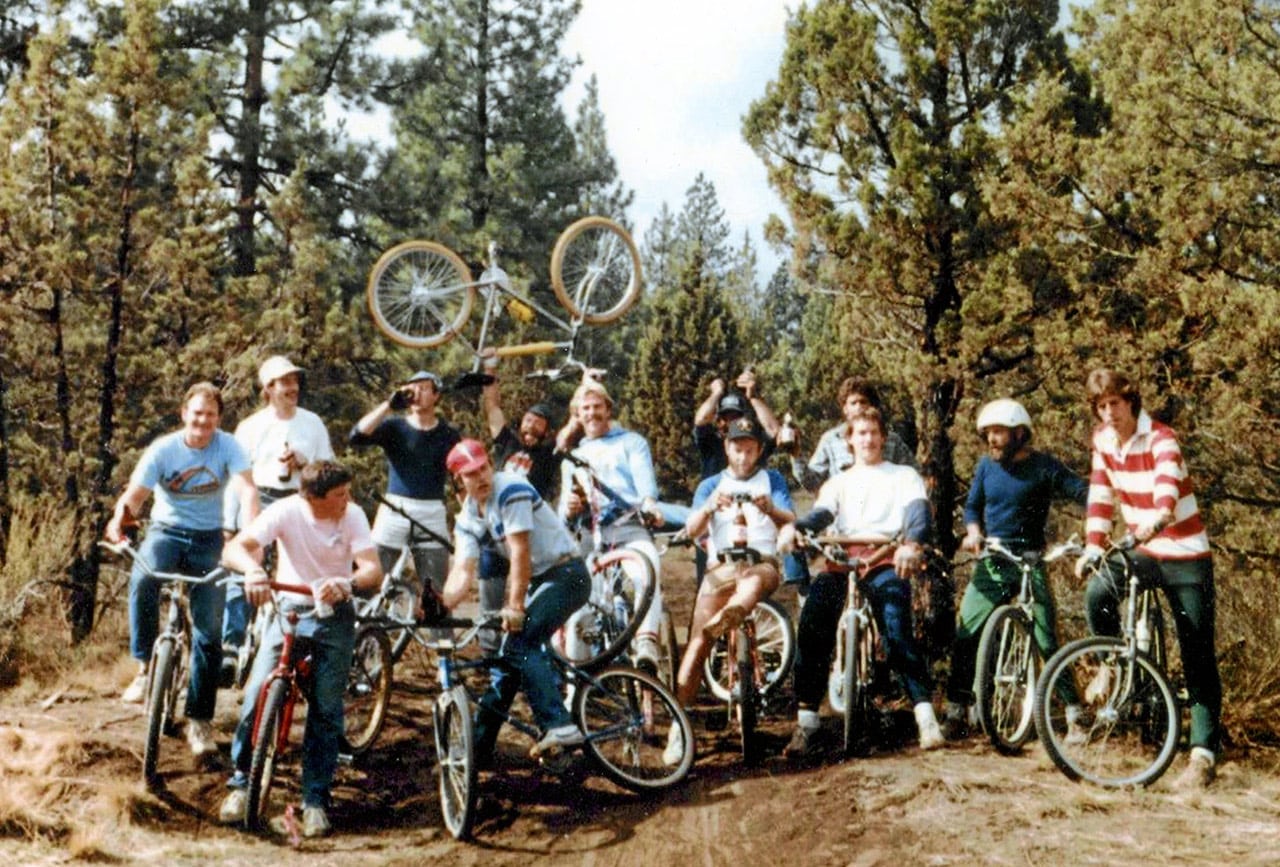
The Encryptors
Prior to this sea change, cagey builders wanted to distance themselves from their SORTA (il)legal work, so the trails were often given code names. Eric Vickers built the now garden gnome-lined E.L.V. trail, while Cody Davis toiled on the adjacent C.O.D.. Fortuitously initialed, Michael Thomas Beall built M.T.B. trail on the other side of the system. They may have been great trail builders, but master encryptors, not so much.
Like Phil’s Trail, C.O.D was at one time several distinct trails that were condensed for mapping purposes. One day, while Jimmy Terhaar and Kent Howes were digging on middle C.O.D., Bob Woodward happened upon them and discovered the trail. He griped about the upper part being a little boring. “You should call this one Y.A.W.N.” he went on to say. “I think we should call it Woody’s,” was Howes’ sarcastic retort. And Woody’s it was for several years.
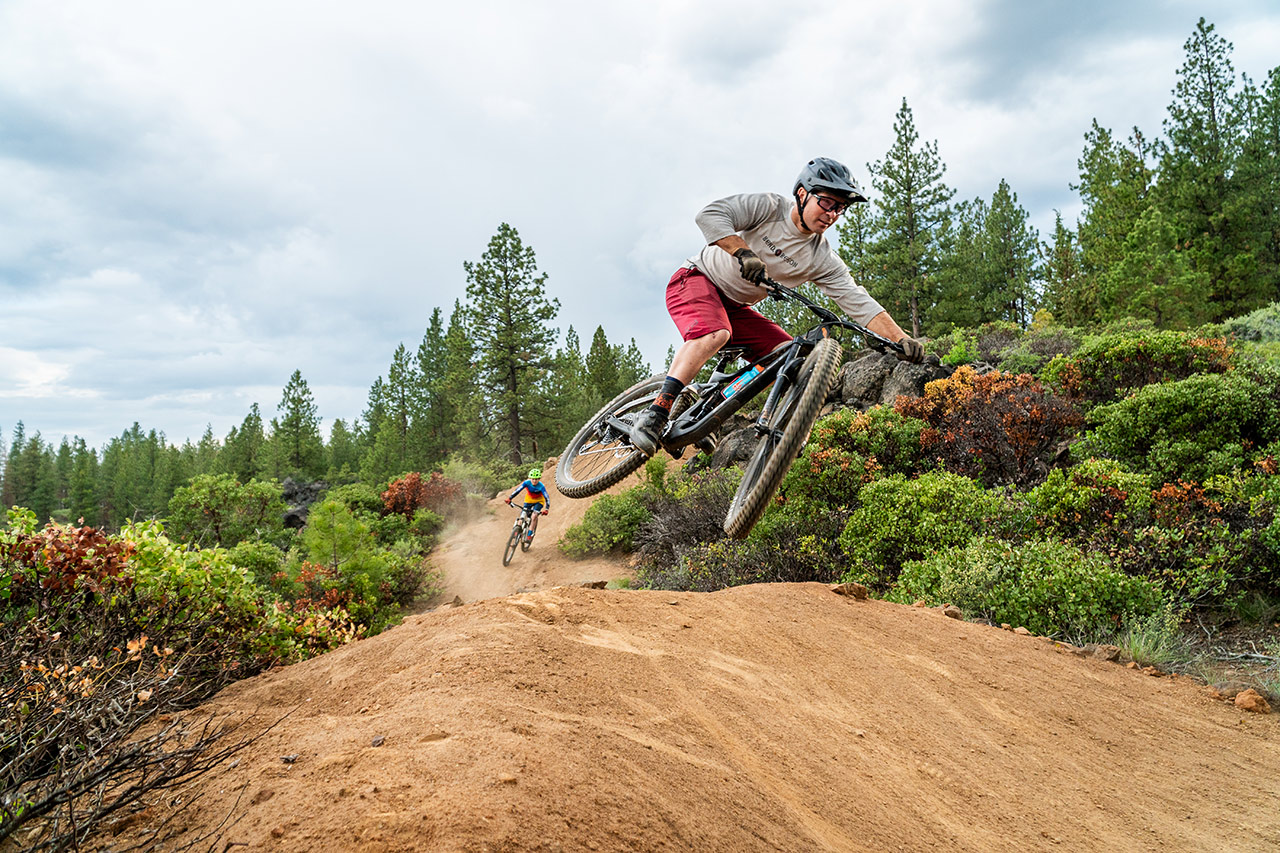
The Loners
“Whoops” is a perfect colloquialism for a rolling ribbon of trail, but it was originally named “Frizzell-Frazzell” after its creator, Jeff Frizzell. Finding creative routes was nothing new to Frizzell, a world-class rock climber credited with a variety of first ascents at Smith Rock. High-schooler Bryan Harris helped Frizzell with Whoops, and other parts of Frizzell’s “Mt. Bachelor to Town” singletrack project that included significant portions of Flagline Trail. “I was making trail rakes in metal shop at school,” said Harris. “But, we didn’t know that [the trails themselves] existed.” Frizzell and Harris knew other trails were being created nearby, but builders were all working independently of each other. Now, nearly 30 years later, Whoops gets more use than any trail in Oregon, while Flagline, a late-summer classic, connects Bachelor to Bend via 100% singletrack.
Surprisingly, most of these characters are still in Bend. Or perhaps it isn’t a surprise at all. This kind of work breeds community. These guys may have just wanted new trails to ride, but what they created was something more – more meaningful for them and more impactful for the MTB community than anyone could have imagined. It’s hard to leave something like that behind.
A Trail by Any Other Name Would Ride as Sweet:
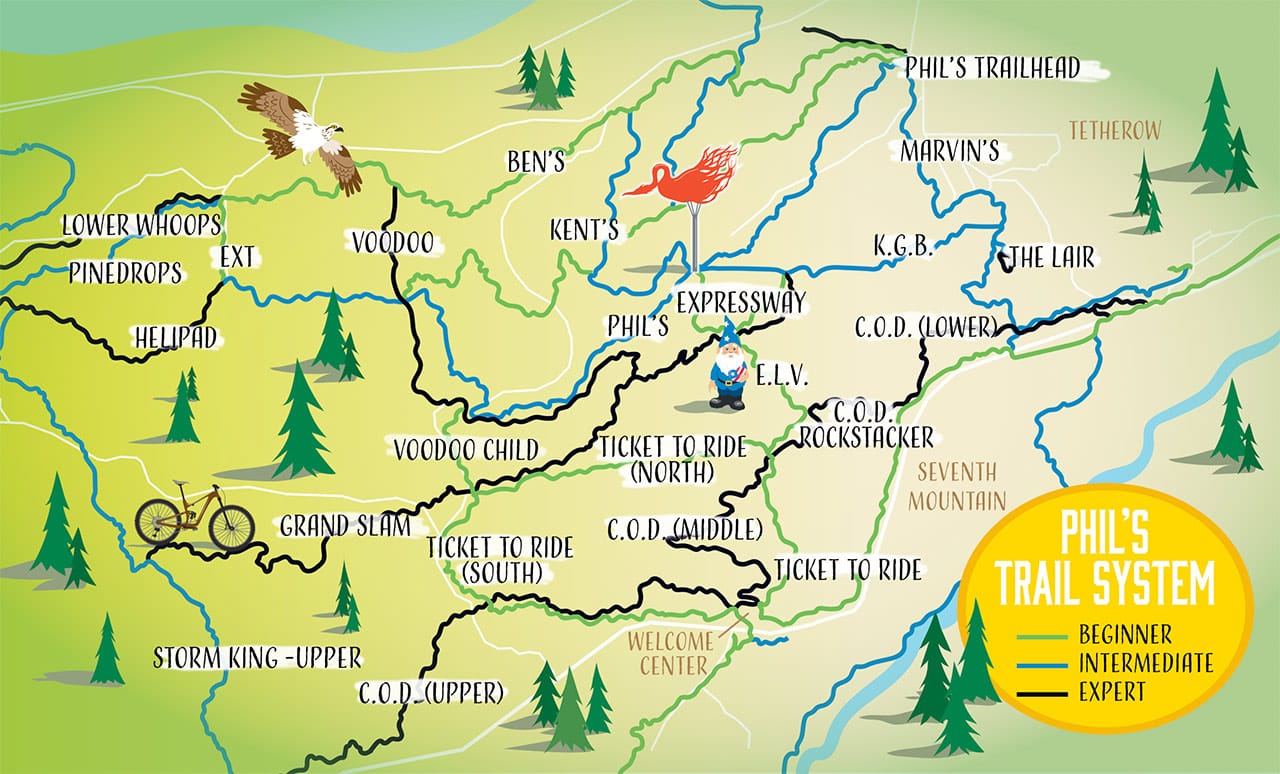
Storm King: Layton White built and named this one in honor of nine Prineville Hotshots who died in Colorado’s 1994 South Canyon “Storm King” fire.
Marvin’s Garden: Named for Marv Lange, a former USFS employee who is credited by many for making Phil’s Trail network possible.
Tyler’s Traverse & Larsen’s Trail: Helping hands imparted trails with “more meaning that people know,” Paul Thomasberg said. These two trails invoke spirits of Tyler and Steve to remember their adventurous souls.
Mrazek: Phil’s ode to a quirky Czech-made bike that gained brief popularity in the ’90s.
K.G.B.: Kent Howes built “Kent’s Get Back” (or “Killer Green Bud” if you’re a horticulturist) to get home through what is now Tetherow.
Middle C.O.D/née C.I.A.: Builder Jimmy Terhaar originally named the trail “Cyclists In Action” only because the acronym was a fitting foil to K.G.B. While C.O.D. officially gets punctuation, it’s actually named for Cody Davis.
Grand Slam: Built by skier Scott Schauer, the original name, “Golden Schauer,” didn’t make it onto the official USFS map.

